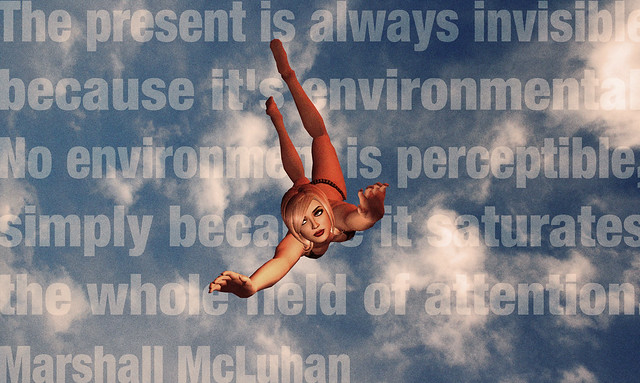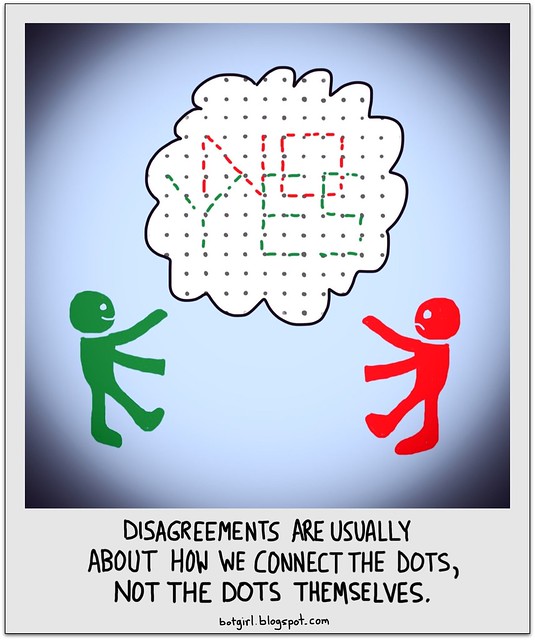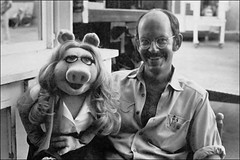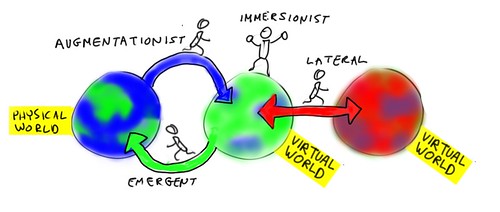It would be interesting to hear what your feelings are in respect to how you felt from both a cognitive and physical point of view when you decided to park your self onto the shoulder of the virtual speedway and just observe instead of participating in the race? My strong sense is that you felt all of the classic signs of what an addict feels in the early to middle stages of withdrawal, given your previous involvement in the social media racing series. If that is true, the question is, how strong is the need and/or urge to get off the shoulder and race along the virtual speedway again? From comment by Splash KiddQuitting the social stream felt like kicking an addictive substance. For the first few days, hardly ten minutes went by without an urge to connect. Although the frequency has subsided over time, I still notice my mind often turning away from what I'm doing with the desire to enter the virtual world of the Stream.
For the past couple of years I've spent so much time in the Stream that it has become deeply intertwined into my experience of life. I am both deeply integrated into it and extended through it. Although I have no hardware embedded in my body, I am functionally a cyborg. So when I disconnected myself from the virtual world, I also cut myself off from the part of me that lives there. I lost the extensions of my senses that span the globe in an instant and feel the real-time pulse of its digital heartbeat.
I'm just beginning to gather enough awareness to dig into what I've lost and gained through my years of immersion. Stay tuned.









